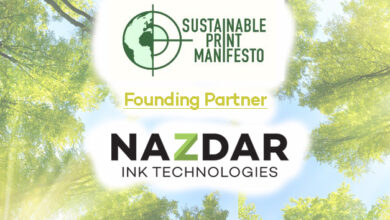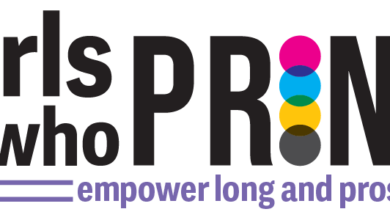Before breaking down the benefits of latex inks, let’s examine the history of digital printing technologies. Until 2008, the three primary digital print technologies used were aqueous or water-based inks, solvent, and UV-cured inks.
- Aqueous or water-based ink was used primarily for indoor use. The quality was great, with an excellent color gamut, but the durability and water fastness meant it was not really suited for outdoor applications.
- Solvent-based inks were used primarily for outdoor signage. The water resistance and UV stability made it perfect for outdoor applications, but the print quality was not great for up-close viewing. Eco-solvent inks, a subset of solvent inks along with mild solvent, were developed as an economical version of solvent inks by removing some of the more costly chemicals.
- UV-cured inks—the king of rigid media. What they lacked in flexibility they made up for in adhesion. UV could print onto almost any surface, but the color gamut and print quality were similar to that of the time’s solvent ink. A flexible version of UV ink was later developed, but it lost some of its adhesive power. To use it, the inks had to be physically swapped at the expense of time and with significant waste in ink.
In 2008, HP launched a water-based outdoor durable ink, latex ink technology. The objective was to have the world’s first and most environmentally conscious print technology in the market. These inks offer the quality of water-based inks and the outdoor durability of eco-solvent-based inks, which brought versatility. One printer could offer indoor quality and outdoor durability using the same ink set while being safe for the environment and the operator.
The benefits of latex inks
- The prints are completely dry out of the printer.
- The media is entirely conformable, without the risk of cracking or fading when stretched.
- It does not change the characteristics of the media you print onto, unlike UV and solvent-based inks (if the media is fire-rated or recyclable, it retains the ratings even if they are printed with latex).
- The ability to print onto an even wider range of media from paper to PVC, SAV to PETG, or even textiles.
- Latex provides many opportunities to reduce and recycle. The ink cartridges, print heads, and in some cases the maintenance cartridges are recyclable.




